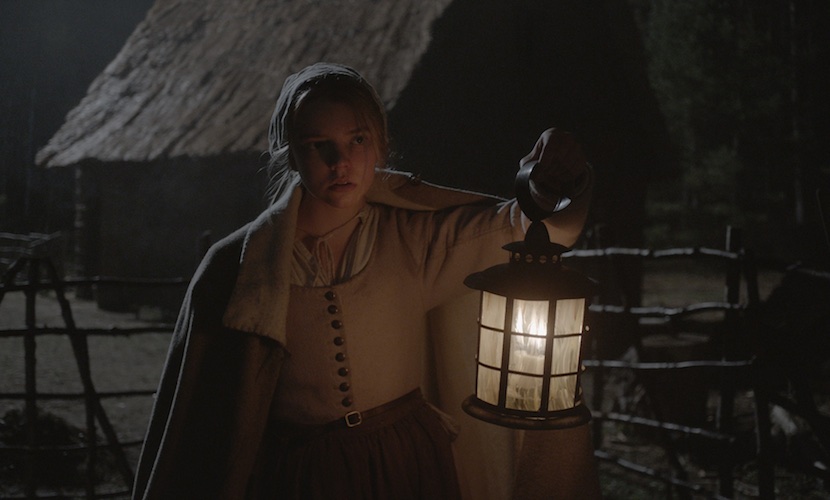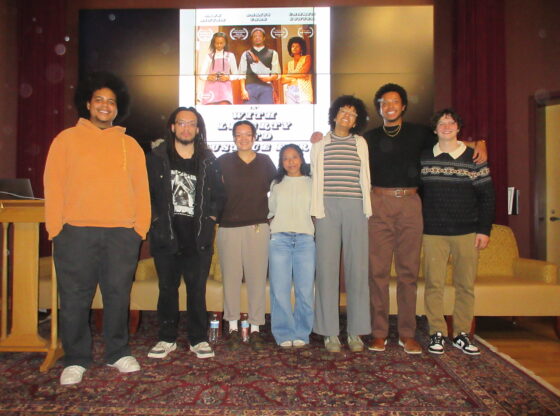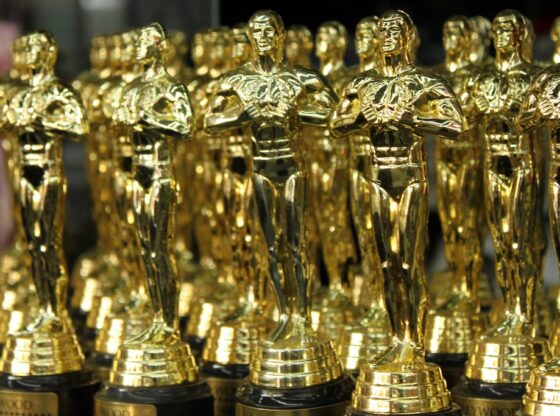Labeled simply as “A New England Folktale,” “The Witch” is a tale inspired by the many horror stories and grisly historical accounts that have come to define the shadowy days of English settlement in the Americas. The film follows a deeply religious family who is exiled from their settlement for unknown reasons and forced to forge a home in the isolated woods beyond. It doesn’t take long for things to go wrong, as a witch abducts the family’s youngest child, sending the farm into chaos. The family falls into a dark game with not only the witch herself, but also their increasingly unhinged religious paranoia.
Expertly crafted by writer and director Robert Eggers, who makes a stunning debut here, the film is a tense affair from start to finish. A lot of credit for the efficiently lurid tone of the work goes to Eggers, who already has a knack for weaving unease into every moment that is unfolding. It certainly helps that the chilling score by Mark Korven (“Cube”) is one of the best horror scores in recent memory, backing up Eggers’ deft command of imagery and pacing with a quietly sinister flair. This all adds up to a style that is breathtakingly haunting, and similar to last year’s new horror classic “It Follows,” proving independent cinema can inject beauty into nightmares.
The acting is, without a doubt, another strong point for the film. Interestingly, actors Ralph Ineson (“Game of Thrones”) and Kate Dickie (“Game of Thrones”) are the only veterans here as the mother and father of the family, with the children portrayed by complete newcomers Anya Taylor-Joy, Harvey Scrimshaw, Ellie Grainger and Lucas Dawson. While Ineson and Dickie certainly put in terrifically tragic and paranoid work, it’s Taylor-Joy and Scrimshaw who really steal the show. Taylor-Joy carries the film as its conflicted protagonist, providing both quiet nuance and fiery passion in a very human role in a film mostly populated by characters that are difficult to love. Scrimshaw, while not as fully utilized as Taylor-Joy, gives his all to the role, particularly in one scene featuring his character’s descent into madness. While most possession-type scenes such as these veer dangerously into corny territory, Scrimshaw owns it, turning in a performance that is complex and downright Shakespearean in its tragedy. It may be one of the finest scenes featuring a child actor ever put to the screen.
While “The Witch” is a horrifying triumph, it is admittedly not for everyone. The film admirably never holds back, but the content may be too much for viewers who aren’t typically lovers of arthouse cinema. The film’s sometimes difficult-to-understand Middle English dialogue will certainly put off many viewers, and the film’s sharp critiques of Christianity combined with a no-holds-barred portrayal of Satanic folklore will most likely bring forth some intense criticism in the coming months. However, as a film that has every intention of being as thought-provoking as it is disturbing, “The Witch” transcends these condemnations and succeeds in being what it was meant to be: a dark look at how hysteria is just as evil as the things that give birth to it.











